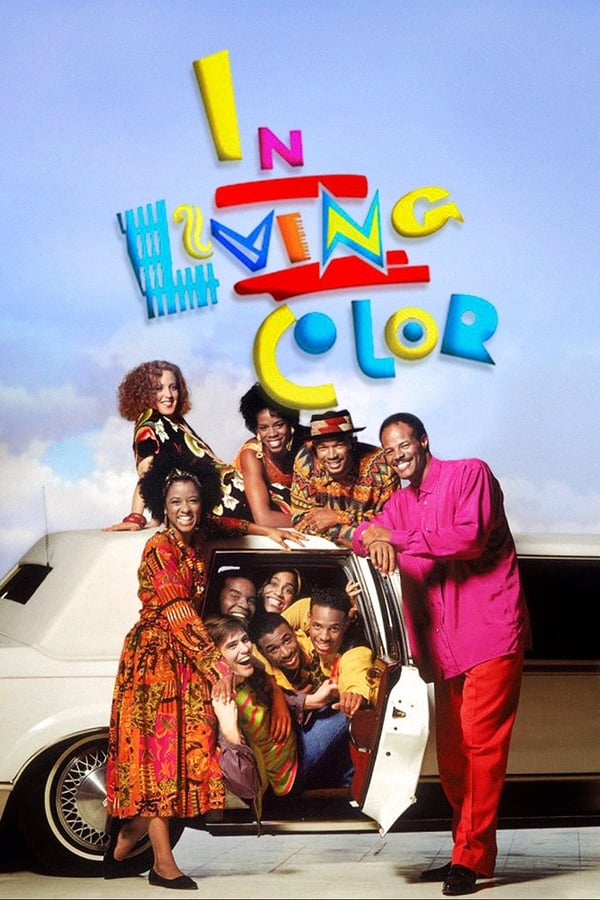Cartoon Network: 24-Hour Broadcasting (1992–1997)
Cartoon Network: 24-Hour Broadcasting (1992–1997) – Cartoon Network, a pivotal platform in the animation industry, launched its operations on October 1, 1992. Owned by Turner Broadcasting System, it emerged as the first 24-hour network dedicated entirely to cartoons, making a significant impact on children’s entertainment. This article explores the network’s developmental phase from 1992 to 1997, highlighting its innovative programming and influence on the animation landscape.
Full Episodes with Commercials
Inception and Early Years
Cartoon Network debuted with a robust library of classic animations, thanks to the acquisition of the extensive Hanna-Barbera collection, which included beloved titles like “The Flintstones,” “The Jetsons,” and “Scooby-Doo.” The network’s initial strategy was to draw in audiences with these familiar shows, banking on their nostalgic appeal and established fan base.
Strategic Programming and Expansion
In its formative years, Cartoon Network expanded its repertoire by including a mix of old classics and new acquisitions from various sources, such as the animated shorts from MGM (including Tom and Jerry) and Warner Bros (including Looney Tunes). This blend of old and new catered to both parents who grew up with these classics and their children, creating a unique family viewing experience.
Launch of Original Programming
The real transformation began with the introduction of Cartoon Network’s original programming. In 1994, the network launched “Space Ghost Coast to Coast,” a unique talk show featuring the 1960s superhero Space Ghost. This show marked the beginning of what would later be known as the Adult Swim programming block, targeting older audiences with more sophisticated humor.
1995 was a pivotal year with the inception of “What a Cartoon!”—later known as “The Cartoon Cartoon Show.” This project was a platform for animators to create original shorts, which could potentially be developed into full series. It spawned several popular series, including “Dexter’s Laboratory,” “Johnny Bravo,” “Cow and Chicken,” and “The Powerpuff Girls,” all of which defined the network’s brand in the following years.
Cultural Impact and Legacy
During its early years, Cartoon Network played a crucial role in redefining children’s television by focusing solely on animated content around the clock. By promoting both classic and innovative programming, the network influenced the tastes and viewing habits of a whole generation. The introduction of original programming also paved the way for creators to experiment and push the boundaries of traditional children’s animation, setting new standards in the genre.
By 1997, Cartoon Network had established itself not only as a home for classic animation but also as a birthplace for new and creative ideas that would continue to shape the industry for years to come. The network’s bold approach to programming and commitment to innovation provided a blueprint for how dedicated children’s channels could operate and succeed in the competitive world of cable television.
Cartoon Network’s early years from 1992 to 1997 were marked by significant growth, experimentation, and success. Through strategic programming choices and a commitment to original content, the network captured the imaginations of both young and old, cementing its place as a cultural icon in the world of animation.







